Sightseeing Spots
Search Results60
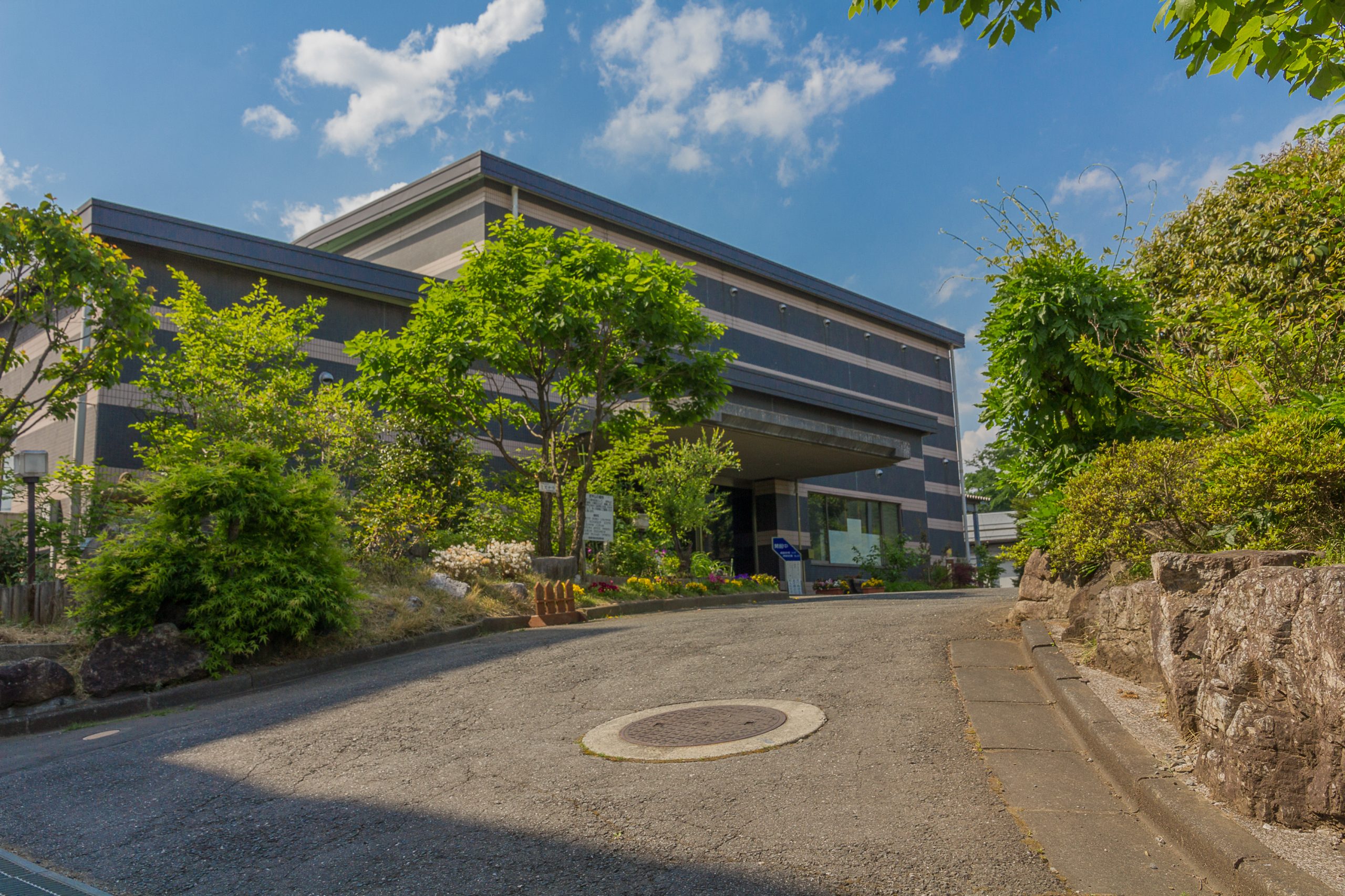
The entire cultural heritage of Yokoze Town is on exhibit at this museum. There are stage models of Yokoze’s puppet show (designated intangible folk cultural property by the prefecture), models of Bukōzanmitake Shrine Palace, specimen displays of animals and plants collected from Mt. Bukō, and historical documents that portray the transitions of Yokoze Town. In the “nature” section of the permanent exhibition room, approximately 130,000 year-old fossils of the giant Japanese elk, buffalo and wolves, which were discovered in the Negoya Limestone Cave, are on display. These fossils are very rare on a national scale.
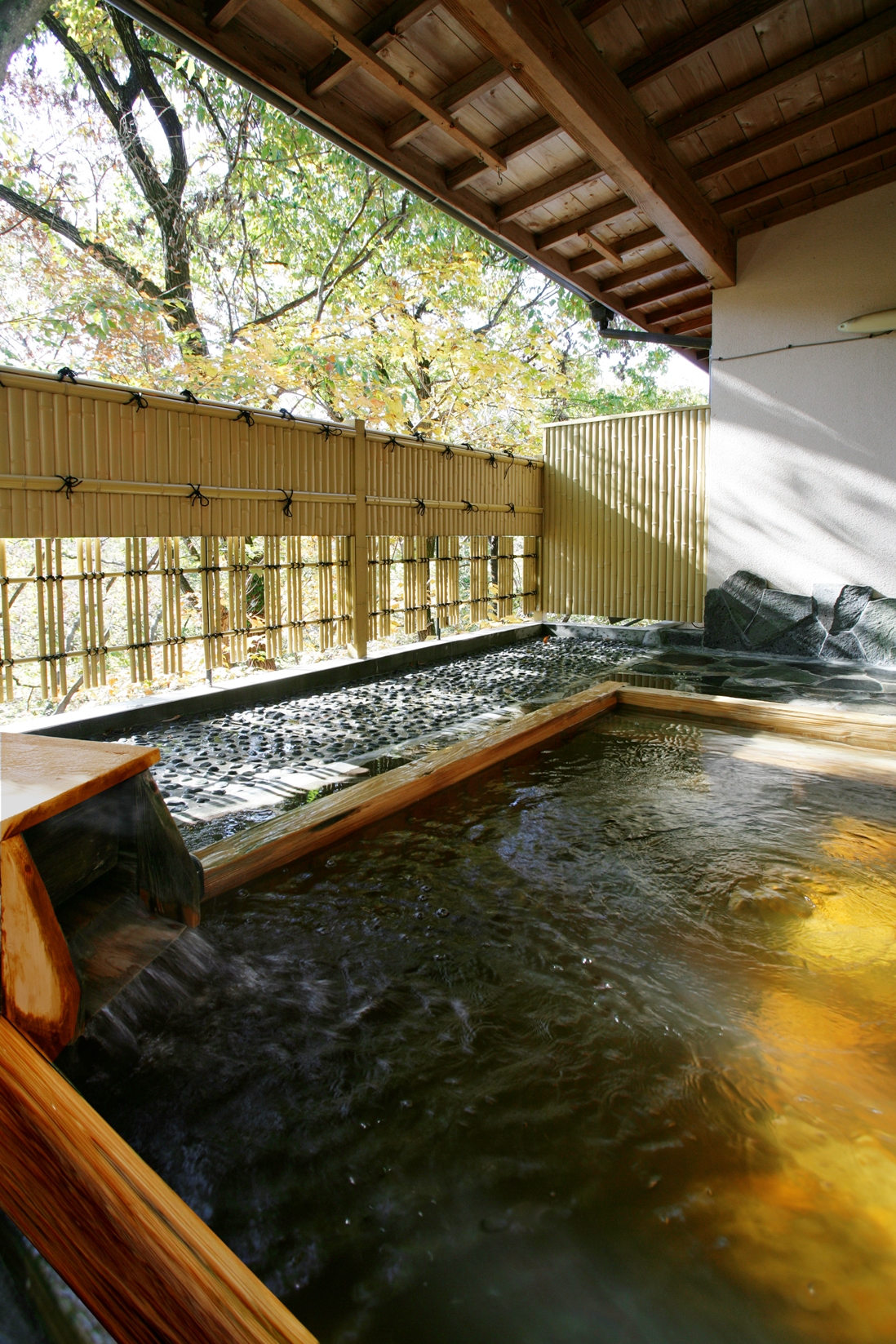
This single-house inn sits high in the mountains, encircled by deciduous trees and the sounds of seasonal birdsong. Located in a forest near the Terasaka Rice Terrace, this inn has been well-loved since its establishment for its “Yakusō-no-yu" (medicinal herb bath). The pride of the lodge is the medicinal herb bath which contains chameleon plant and Japanese mugwort, which improve blood circulation and warm the body to its core. One can expect relief from fatigue and improved skin.

This roadside station is surrounded by rich green mountains, the clear streams of the Yokose River, clean air, and seasonal flowers and fruit trees. Inside the station, there is a farmers' market, restaurant, information center, resting area, hands-on experience dōjō (udon/soba), ceramics classroom and a gallery. Outside, there is an open space for relaxing and a deck where one can view the river from above. You can also enjoy a walk next to the Yokose river. ※Facilities listed in the Saitama Industrial Tourism Guidebook, "Manufacturing Guidebook."
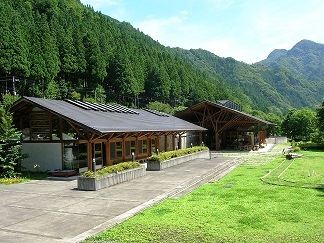
The Saitama Forest Science Museum is a place where visitors can learn about both forests and forestry and deepen their understanding of the roles of forests and forestry. The Museum was built by Saitama Prefecture to encourage and support the local forestry industry.
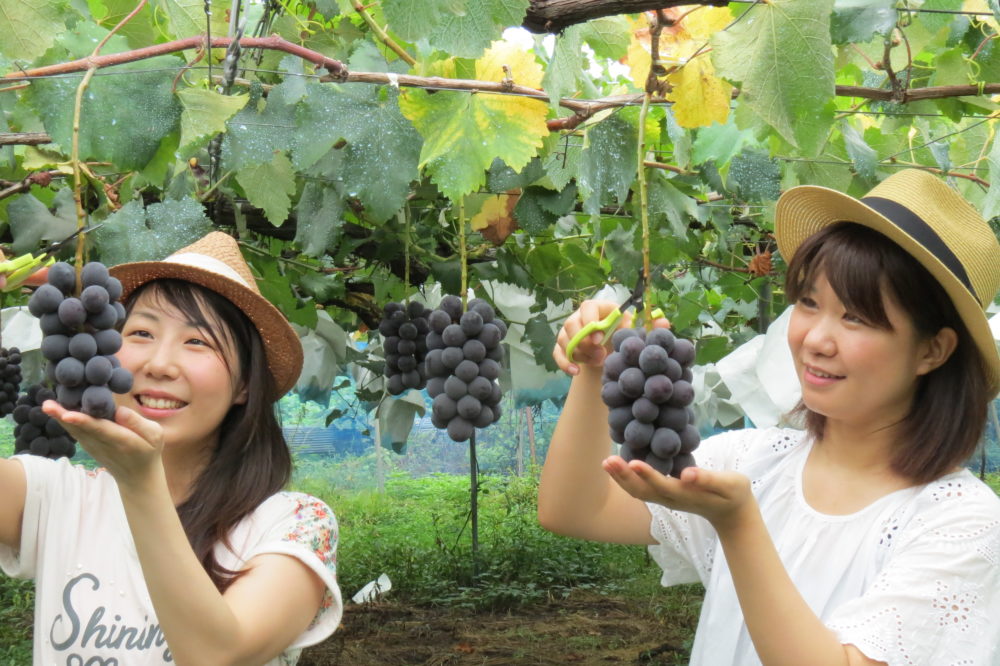
This facility consists of 12 groups of fruit farmers, with the closest station being Ashigakubo Station on Seibu Chichibu Line. You can find this collection of fruit farms, aka Fruits Village, by the southern slope of Hinatayama in the Ashigakubo district. Fruits are harvested all year round, with strawberries from early January to mid-May, plums from early July to mid-August, and grapes from mid-August to mid-October. The sweet taste of fully-ripened fruits and the clean air of the great outdoors is a special experience. We encourage you to stop by! There is also a restaurant, “Ashigakubo Fruits Garden,” a “Farming Village Park” with a 100-meter roller slide nearby, and many great courses for hiking.
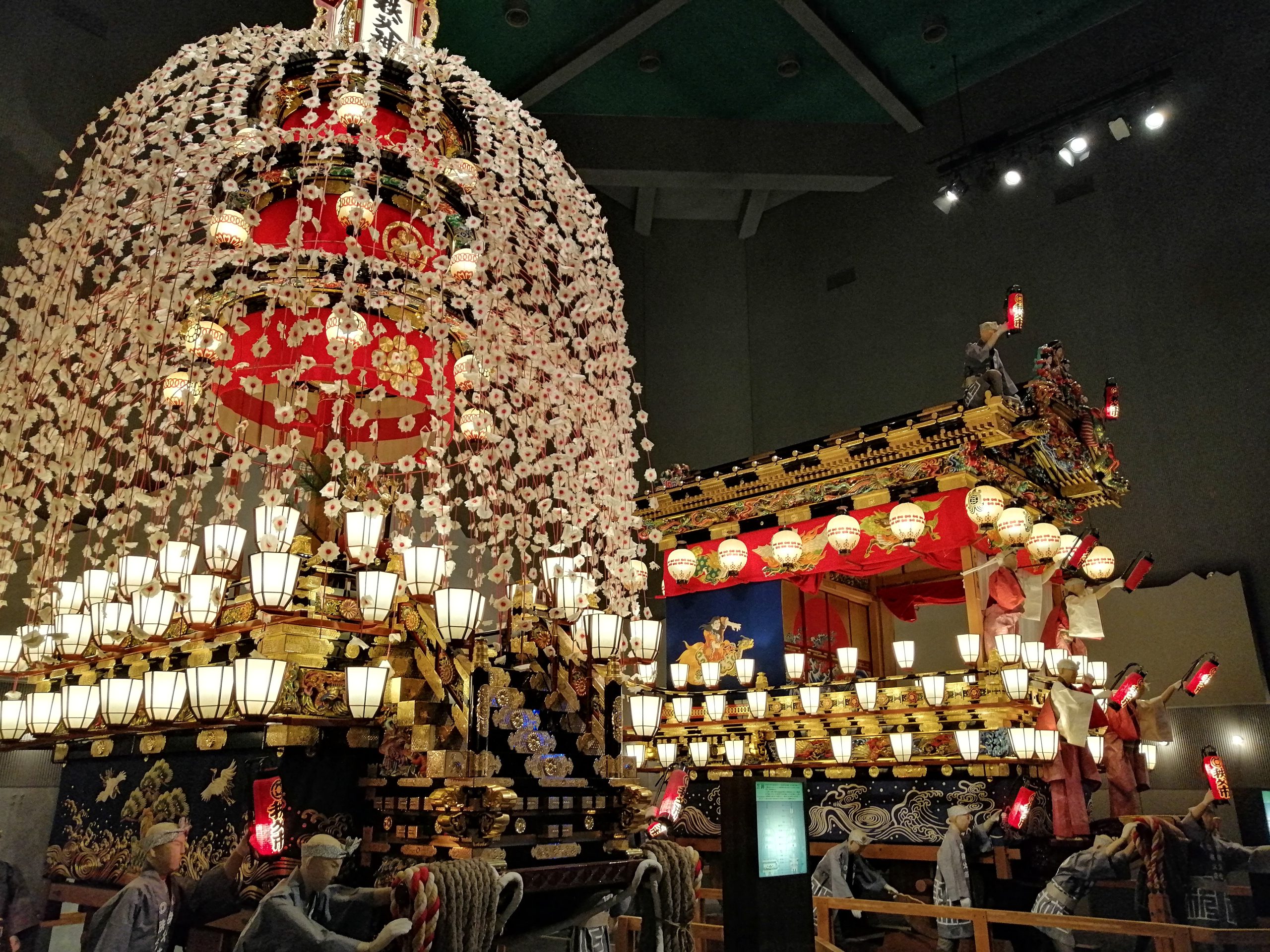
Chichibu Festival Museum exhibits materials related to the booths and kasaboko (combined umbrella and halberd carried on floats in some festivals) of the Chichibu night festival that takes place every year on the 2nd and 3rd of December. The booths, kasaboko, curtain, sculptures made by Shōwa’s master craftsmen are arranged in a design related to the Myōken belief. At noon, the lanterns are switched on to reproduce the night festival. Within the noise of the palatial Chichibu booth music, the luxurious booth and kasaboko can be seen right before your eyes.
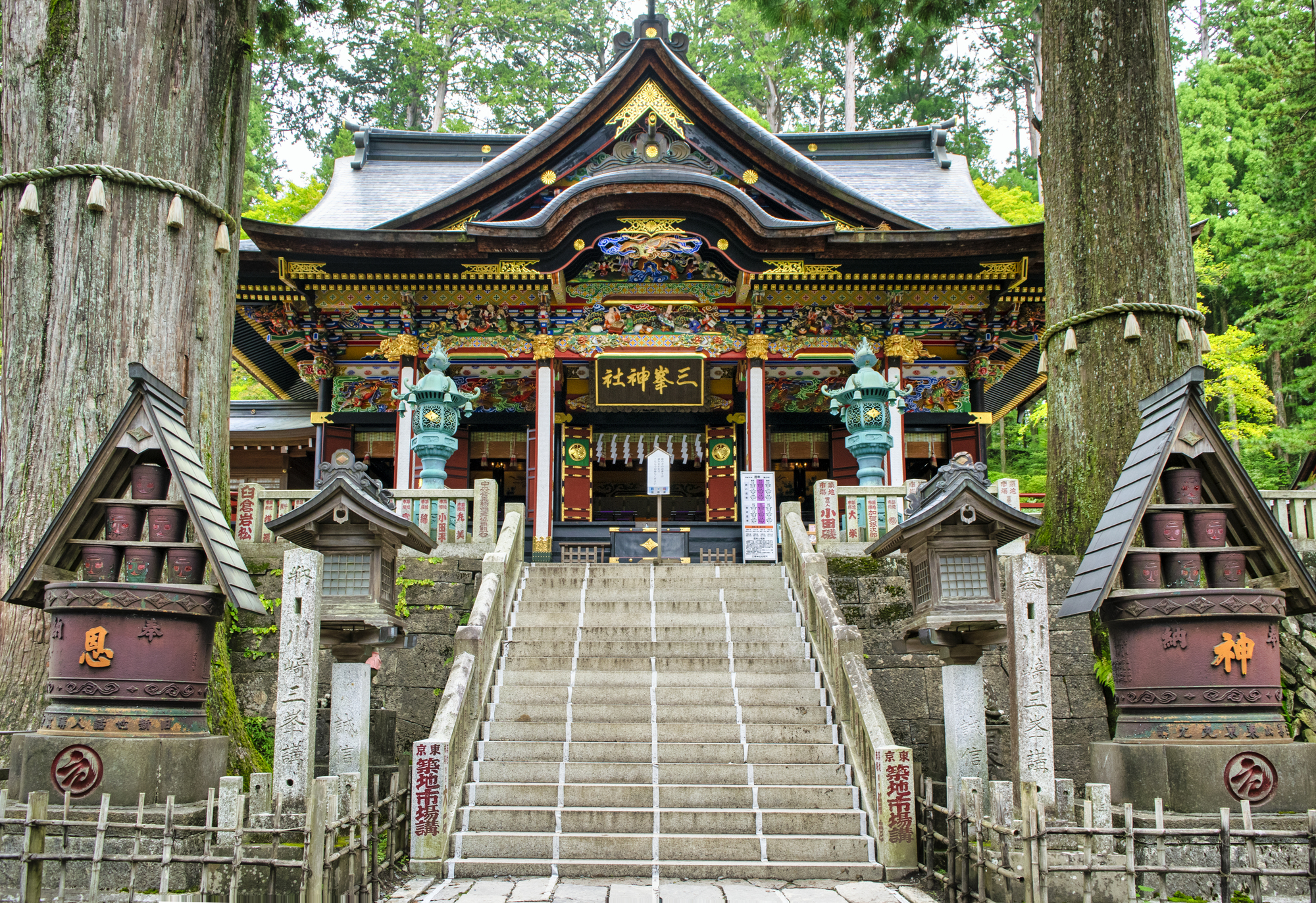
The history of the temple is said to date back about 2,000 years ago, to the reign of Emperor Keiko. During the Kamakura period (1185-1333), when faith in Mt. Mitumine spread, Hatakeyama Shigetada, Nitta Yoshioki, and others worshipped here. During the Tokugawa period (1603-1867), the Kishu shogunate and the Kishu family were revered, and gifts from the Kishu family in particular are still treasured by this shrine. When autumn arrives, the “Fifteen Nights and Moon Reading Festival” is held to herald the arrival of autumn in the mountains of Chichibu.
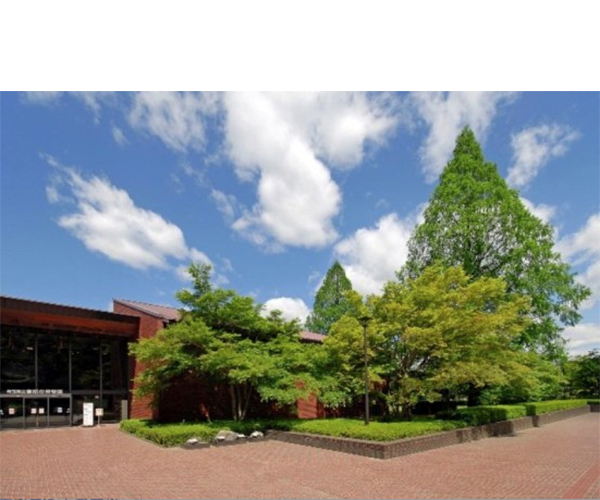
Presenting the theme, "From the past to the future: traveling 300 million years through Saitama's history of people's coexistence with nature," Saitama Museum of Natural History stores various resources related to nature, and displays the fossils of giant shark, “Megalodon," and mysterious sea animal, “Paleoparadoxia," discovered in Saitama Prefecture. The museum is constructed into two halls: the "Geology Exhibition," where visitors can learn about various fossils, rocks and minerals, geological strata and earth formations, and the "Biology Exhibition," featuring large dioramas of the four major forests of Saitama and the animals that live in them. Nagatoro area is a perfect example of the nature in Saitama, and here you can enjoy detailed explanations of its characteristics for a deeper understanding. You can also enjoy simulations and free audio guides. (For more information regarding the facility, please refer to the URL below.)
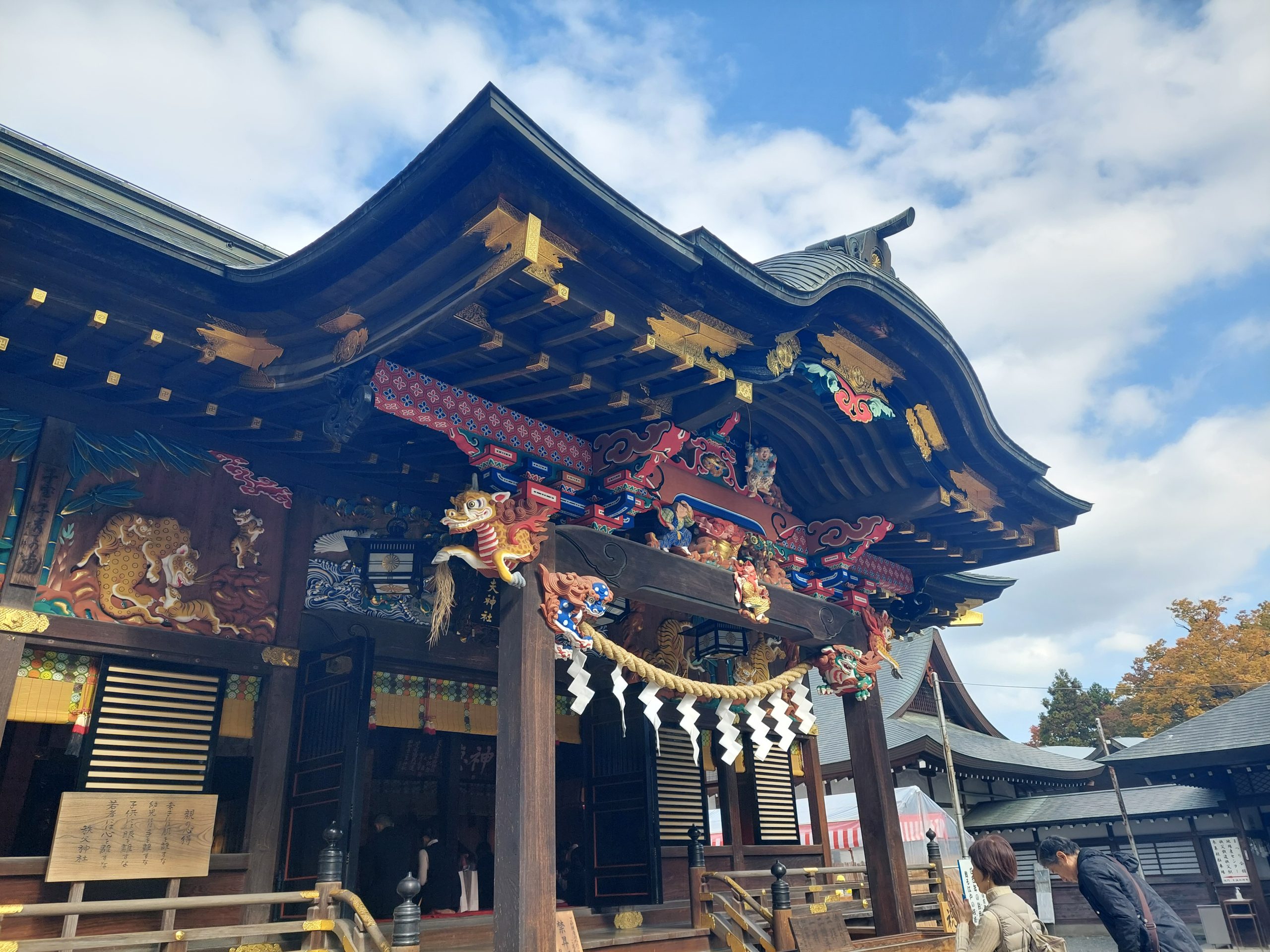
Marking 2100 years, Gochinza, a Sōja of Chichibu, has been revered since ancient times. In a forest of oak, there is an atmosphere with style and solemn beauty. The existing main building of the shrine is a contribution of Ieyasu Tokugawa in 1592 and was designated as Saitama Prefecture’s tangible cultural property due to the fact that it holds much of the Edo period’s early architectural style.
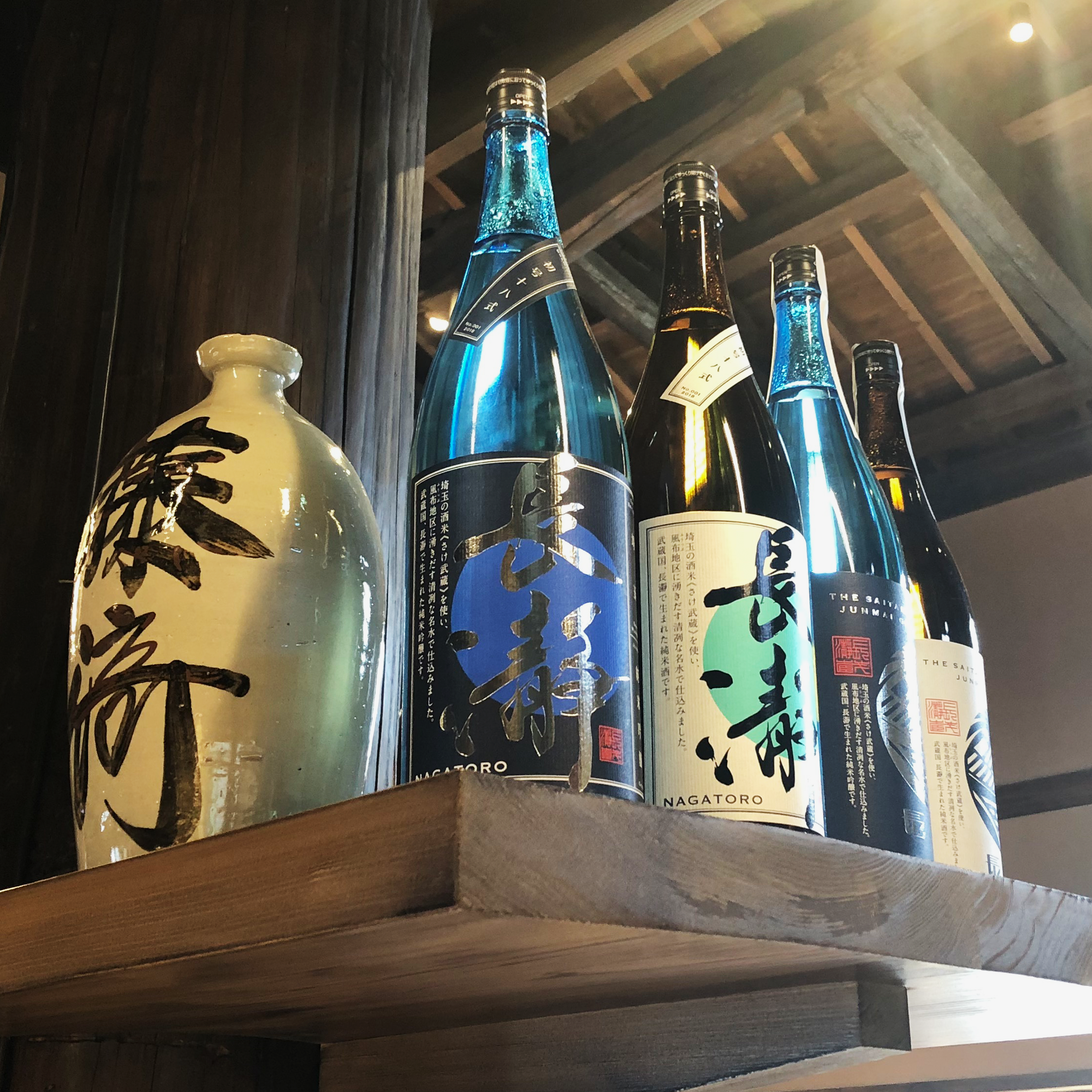
Established 290 years ago, Nagatorogura Sake Brewery and Boutique Store is a sake brewery that carries on the spirit of 11th Hino merchant Sōbē Fujisaki, who devoted his life to bringing Saitama’s Japanese sake to the world. In September 2018, to further pursue Sōbe Fujisaki's sake brewing tradition of “polish with skill and brew from your heart," the sake brewery moved to Nagatoro, a beautiful place of nature. Using naturally flowing water from the Fuppu area and rice grown on Saitama soil, we are producing the Japanese sake "THE SAITAMA ORIGINAL." (For more information about our facility, please visit the URL below.)
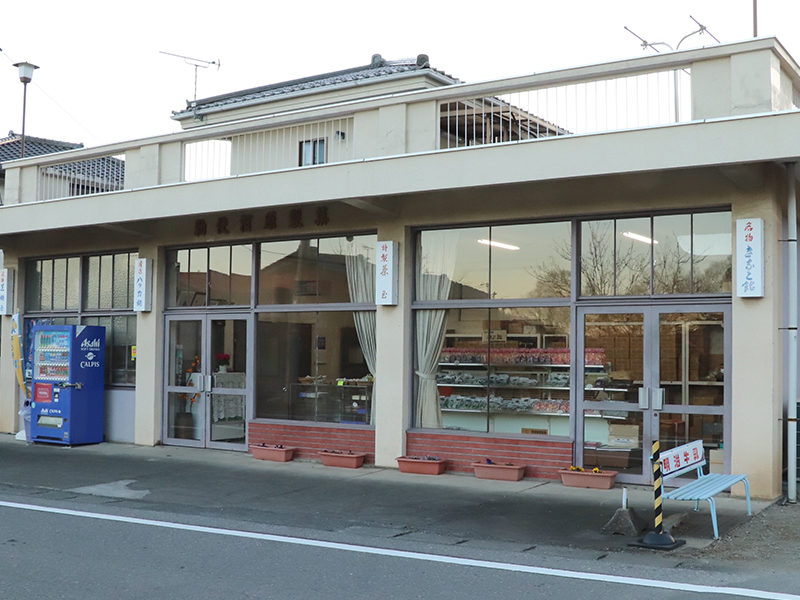
A long-established candy and confectionary manufacturer and distributor founded in 1864. “Chichibu Ame" (candy) is meticulously handcrafted the traditional way using carefully selected ingredients while retaining their original flavor and umami. Almost all of the products are additive-free, making it safe to eat for people of all ages.
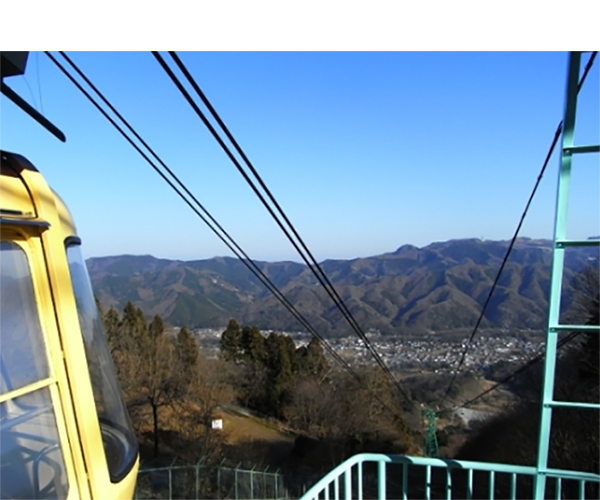
This ropeway was installed on Mt. Hodōsan at an altitude of 497 meters, connecting the 832 meter distance from Sanroku Station to Sanchō Station in 5 minutes. The two gondolas go back and forth between Sanroku and Sanchō Stations operating under a four-line crossing system. The gondolas’ names, “The Bambi” and “The Monkey I,” both originate from the popular Japanese macaque and deer that inhabit the small zoo on Mt. Hodōsan.
This site uses cookies to improve the user experience. If you continue to browse, you consent to the use of cookies on this site. Accept
CONTACT
